Concrete driveway cracks are primarily caused by temperature fluctuations, moisture, soil settlement, and tree root pressure. Assess crack severity based on width and depth, looking for signs of ongoing movement or stress points from environmental factors. For minor cracks, use high-quality epoxy or polyurethane-based fillers after cleaning the crack with tools like a hammer, chisel, and wire brush. For wider or deeper cracks, employ strong epoxy sealants, routing out the crack if necessary, or incorporate metal reinforcement for enhanced strength. Regular sealing, inspection, and best maintenance practices, including prompt addressing of issues, prevent further damage. Major structural damage requires professional crack repair services to ensure long-term driveway integrity and longevity.
Concrete driveways, despite their durability, can develop cracks over time. This guide delves into the world of crack repair, offering practical solutions for various issues. We explore common causes, from shifting soil to seasonal changes, helping you understand the root problems. Learn to assess damage severity and choose the right materials for effective crack repair. Our step-by-step instructions cater to minor cracks, while more extensive repairs are also covered. Discover best practices to ensure longevity and when professional assistance is needed. Additionally, we provide prevention tips to safeguard against future concrete driveway damage.
Understanding Common Causes of Concrete Driveway Cracks
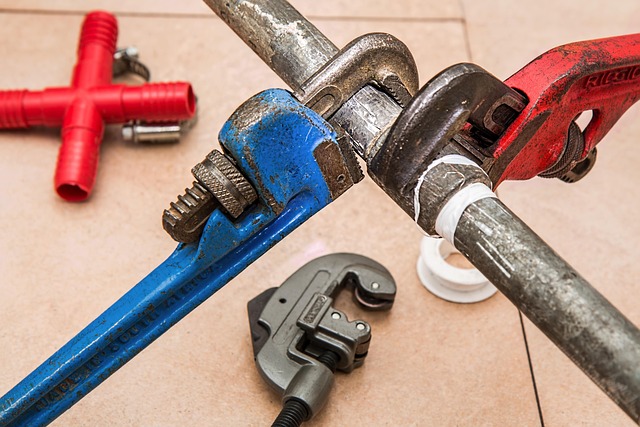
Concrete driveway cracks are a common issue that many homeowners face, and understanding their causes is the first step in effective crack repair. The most prevalent reason for these cracks is settlement and movement of the concrete due to changes in temperature and moisture levels. As concrete sets, it expands and contracts with heat variations, leading to slight shifts in its structure. Over time, this repeated cycle can result in small cracks appearing across the surface.
Another significant factor contributing to driveway cracks is soil conditions below the concrete. If the soil is not properly compacted or has poor drainage, it can cause settling and shifting of the concrete slabs, especially during dry spells when the soil contracts and then expands with moisture. Additionally, tree roots growing beneath the driveway can exert pressure on the concrete, causing it to crack at stress points. Identifying these causes allows for targeted crack repair solutions, ensuring long-lasting results.
Assessing the Severity of Crack Damage
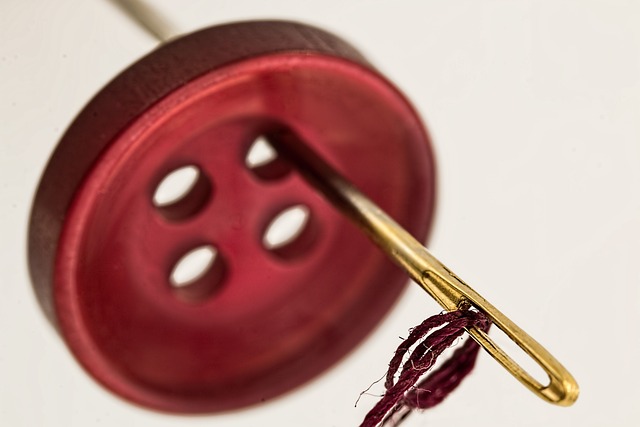
When assessing crack damage on a concrete driveway, understanding the severity is crucial for effective crack repair. Start by evaluating the width and depth of the cracks – wider and deeper cracks often indicate more significant structural issues and may require professional intervention. Additionally, take note of any signs of ongoing movement or expansion, as these could point to underlying problems with soil stability or foundation shifts.
Consider also the location of the cracks. Cracks that run parallel to each other or those appearing in specific patterns might suggest stress points caused by environmental factors like tree roots or temperature fluctuations. Identifying these patterns can help in choosing the right crack repair method, whether it’s a simple filling and sealing with a concrete sealer or more complex techniques like carbon fiber reinforcement for structural integrity.
Materials and Tools Required for Repair
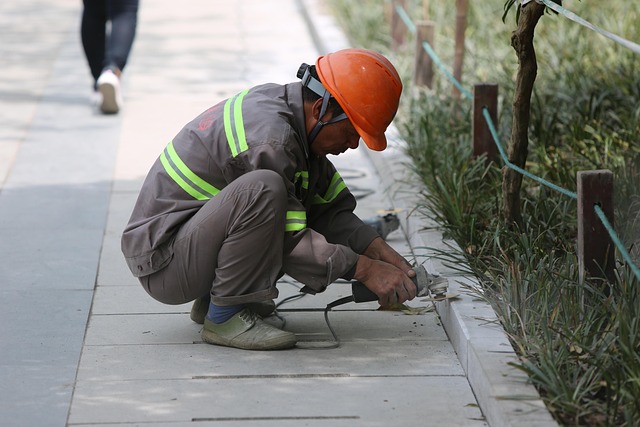
When it comes to repairing a concrete driveway, the right materials and tools are essential for achieving a strong and lasting fix. For crack repair, you’ll need a combination of products designed to bond with concrete and fill in those unsightly gaps. This typically includes a high-quality epoxy or polyurethane-based crack filler, along with a suitable trowel or tool for applying the material. It’s important to choose a product that is specifically formulated for outdoor use and can withstand varying weather conditions.
In addition to the filler, you’ll require certain tools like a hammer, chisel, wire brush, and possibly an angle grinder (for more severe cracks). These tools will help you clean and prepare the crack, ensuring better adhesion of the repair material. Safety gear such as gloves and goggles is also crucial for protecting yourself during the repair process. Having these essentials on hand will enable you to effectively address crack repair and enhance the overall appearance and durability of your concrete driveway.
Step-by-Step Guide to Fixing Minor Cracks

Fixing minor cracks in your concrete driveway is an easy DIY project that can significantly enhance its appearance and longevity. Here’s a step-by-step guide to help you get started. First, identify the crack and clean it thoroughly by removing any debris using a wire brush or power washer. This ensures proper bonding between the repair material and the existing concrete.
Next, mix a small batch of high-quality epoxy or concrete repair compound according to the manufacturer’s instructions. Fill the crack with the mixed compound, pressing firmly to ensure complete coverage. Use a putty knife or trowel to smooth the surface, matching it as closely as possible to the surrounding concrete. Allow the repair to cure completely, following the product’s recommended drying time. Once cured, inspect the repair and lightly sand any excess material, creating a seamless finish.
Effective Methods for Wider or Deeper Cracks
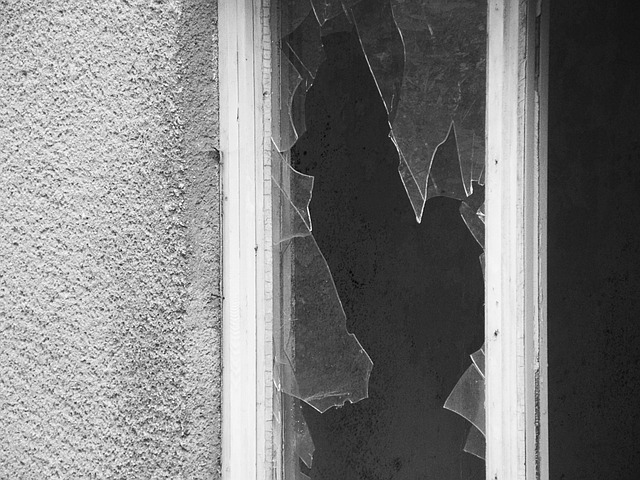
When dealing with wider or deeper cracks in a concrete driveway, it’s crucial to address them promptly to prevent further damage and instability. Effective crack repair methods for these types of cracks involve using specific techniques tailored to their unique characteristics. One approach is to clean the crack thoroughly, removing any loose debris, dust, and dirt. This ensures that the repair material adheres properly. After cleaning, applying a suitable epoxy or polymer-based sealant can fill wider gaps effectively. These materials are strong and flexible, offering long-lasting protection against water penetration and further cracking.
For deeper cracks, it might be necessary to use a combination of methods. This could include routing out the crack to a specific depth, cleaning again, and then filling it with a high-quality concrete repair mix designed for structural integrity. Another option is to insert metal reinforcement rods or mesh within the crack before filling, enhancing its overall strength and stability. Regular maintenance, including regular sealing and inspection, can help prevent such severe cracks from forming in the first place, ensuring your driveway remains in top condition.
Best Practices for Longevity After Repair
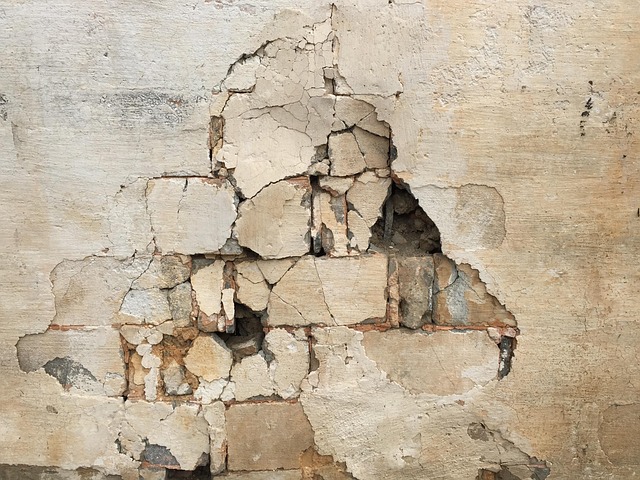
After repairing your concrete driveway, implementing best practices is key to ensuring longevity and maintaining its newly restored condition. One crucial step is regular inspection; periodically check for any signs of damage, cracks, or heaving, addressing them promptly to prevent further deterioration. Sealcoating is another effective method to shield the concrete from moisture, UV rays, and extreme temperatures, extending its lifespan significantly.
Proper maintenance includes keeping heavy vehicles and machinery off the driveway, especially during and immediately after repair, as additional pressure can cause damage. Additionally, avoiding excessive water pooling by promptly draining any standing water will help prevent future cracks. Regular cleaning with mild detergents ensures that oil stains and other contaminants don’t seep into the concrete, compromising its integrity.
When to Consider Professional Assistance
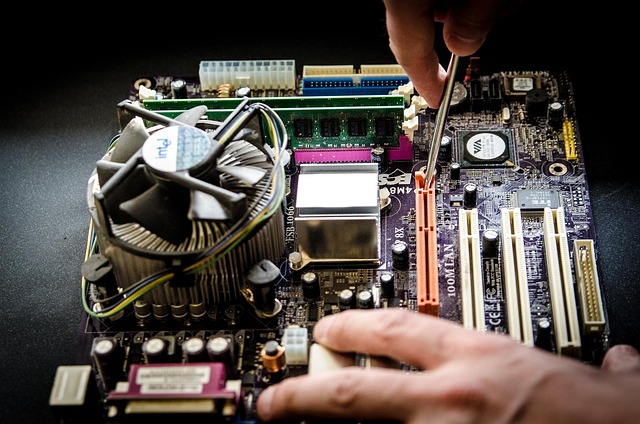
If your concrete driveway is showing signs of wear and tear, such as cracks, uneven surfaces, or large holes, it might be time to consider professional crack repair services. While small cracks can often be addressed with DIY methods, more extensive damage requires expert intervention. Professional contractors have the necessary tools and experience to assess the severity of the issue and provide effective solutions.
Hiring professionals is especially crucial when structural integrity is concerned. Severe cracks could indicate underlying problems like settlement or shifting soil, which demand specialized knowledge to address properly. Prompt attention to these issues prevents further damage and costly repairs down the line.
Tips for Preventing Future Concrete Driveway Damage

Regular maintenance is key to preventing future concrete driveway damage. One of the most effective ways to avoid cracks and other repairs is to address minor issues promptly. Inspect your driveway regularly for any signs of stress, such as small cracks or uneven surfaces. Repairing these early can prevent them from expanding and becoming more significant problems. Filling in small cracks with a concrete crack repair kit is an easy DIY project that can significantly extend the lifespan of your driveway.
Additionally, ensuring proper drainage around your property helps to mitigate damage. Water accumulation can lead to weakness and cracking, so directing rainwater away from your driveway through proper grading and installing drainage systems is crucial. Cracks can also be caused by tree roots, so consider trimming any nearby trees or shrubs that might be exerting pressure on the concrete. Regular cleaning and sealing of your driveway can further protect it from damage, keeping it looking fresh and durable for years to come.
Conclusion: Maintaining a Strong and Safe Driveway

A well-maintained driveway is an investment that can significantly enhance your property’s value and appeal. Regular crack repair is a crucial step in achieving this, as it prevents further damage and ensures safety for vehicles and pedestrians. By addressing cracks early on, you can avoid more costly repairs later, such as replacing entire sections of concrete or even the entire driveway structure.
Additionally, regular inspection and maintenance routines can help identify potential issues before they become major problems. This proactive approach not only saves money but also ensures your driveway provides a strong and safe surface for years to come. Remember, a sturdy driveway is not just an asset; it’s a gateway to your home, setting the tone for visitors’ first impression of your property.
